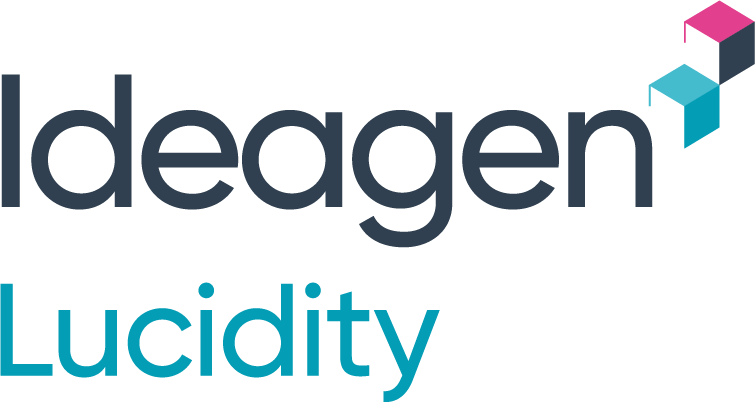Ever since CEOs started managing companies they have been faced with decisions around centralisation. How much is the right level of centralisation? Where is it better to have dedicated resources and systems and where is it more effective to streamline and combine?
These are difficult questions for any business to answer and that answer can change dramatically based on the type of business and the functions which executives are looking at streamlining.
But when it comes to data, there is no question.
Data sits at the heart of all effective business decision making. So easy and simple access to business data is crucial to make sure that your business decisions properly reflect the challenges you’re facing.
When it comes to tackling the centralisation question within HSEQ, there are two main questions to consider in your approach.
1. How easy is it to miss data?
Decision makers are always dealing with uncertainty. They can’t turn to a crystal ball to see directly into the future, so they have to use the resources at their hands to piece together as much of this future as they can. Data plays a huge role in this. And with missing pieces of data, chances are the business may be missing a crucial piece of the puzzle which will shape their decisions.
In HSEQ, these missing pieces can put people’s lives on the line.
Avoiding this missing data is simple with a centralised system. All relevant data is kept in one central location so it can be examined and dissected simply, and HSEQ professionals can rest easy knowing that they haven’t missed factoring in decision-changing data. It also removes any integration issues that might occur between systems that take up precious resources to address which could be used on data analysis to proactively predict the best course of action.
2. How easy is it to capture data?
For most workers on the ground, data capture is not seen as one of their key role priorities – no matter how crucial this might be for the executive leadership teams. But if they aren’t capturing relevant and accurate data, there is the risk that this will impact on the big picture that the executive teams piece together. Putting them at risk of missing an opportunity to put safety processes and procedures in place to avoid the next big incident or injury.
With a centralised system, this data capture becomes instantly easier. Rather than relying on on-the-ground teams to remember all the systems they need to work with each day, waste time jumping from system to system and missing important data capture moments, these systems bring everything together.
Workers are always working out of the same system with prompts and actions to complete, and build up a greater understanding of the singular system which increases their efficiency – as opposed to trying to wrap your head around multiple disparate data capture methods.
While the centralisation debate will look different in every company, the choices around data shouldn’t change. The advantages of centralisation are great – but the risks that disparate systems pose are even greater when it comes to both business success and keeping your people safe.
If you want to have a chat about how you can further centralise your systems, book in a meeting with our team to see how we can help.



